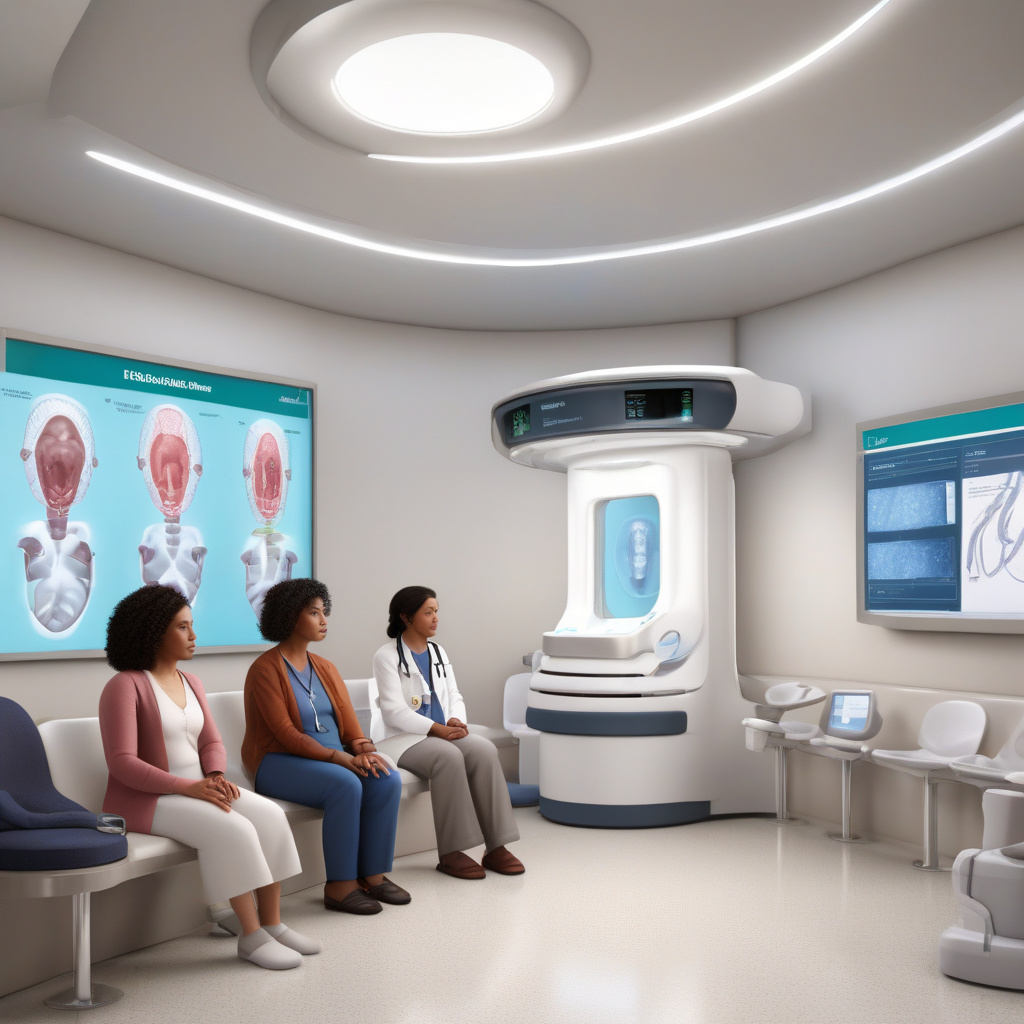AI System Screens Diabetic Eye Disease with Near-Perfect Accuracy
Researchers have made a groundbreaking discovery in the field of healthcare technology. An artificial intelligence (AI) system has been developed that can screen for diabetic eye disease with near-perfect accuracy. This innovation has the potential to revolutionize the way we approach this common complication of diabetes.
Diabetic eye disease is a serious condition that can lead to vision loss and blindness if not detected and treated early. Traditionally, screening for this disease has been a time-consuming and labor-intensive process, requiring trained healthcare professionals to examine retinal images for signs of damage. However, with the development of this new AI system, the screening process could become much more efficient and accessible.
The AI system works by analyzing retinal images for signs of diabetic eye disease, such as microaneurysms, hemorrhages, and exudates. By training the system on a large dataset of images, researchers were able to teach it to recognize these signs with near-perfect accuracy. In fact, in a recent study, the AI system outperformed human experts in identifying diabetic eye disease, demonstrating its potential as a powerful screening tool.
One of the most exciting aspects of this AI system is its scalability. Researchers believe that it could be used to screen billions of people for diabetic eye disease, potentially preventing countless cases of avoidable blindness. By making the screening process faster, more accurate, and more widely available, this technology has the potential to save both lives and healthcare resources.
In addition to its diagnostic capabilities, the AI system also has the potential to improve our understanding of diabetic eye disease. By analyzing large amounts of data, the system can identify patterns and correlations that may not be apparent to human observers. This could lead to new insights into the progression of the disease and the effectiveness of different treatment options.
While the development of this AI system is undoubtedly a major advancement, it is not without its challenges. One of the key issues facing researchers is the need to ensure that the system is unbiased and equitable in its assessments. There is a risk that AI systems trained on biased datasets could inadvertently perpetuate existing disparities in healthcare.
To address this concern, researchers are working to develop algorithms that are transparent, accountable, and fair. By carefully monitoring the performance of the AI system and regularly updating its training data, they hope to minimize the risk of bias and ensure that it delivers accurate and reliable results for all patients.
Overall, the development of an AI system that can screen for diabetic eye disease with near-perfect accuracy is a significant step forward in the field of healthcare technology. By combining the power of artificial intelligence with the expertise of healthcare professionals, this technology has the potential to improve the lives of millions of people at risk of diabetic eye disease. As researchers continue to refine and expand the capabilities of this AI system, the future of diabetic eye disease screening looks brighter than ever.
diabetes, AI technology, healthcare innovation, diabetic eye disease, prevent blindness
